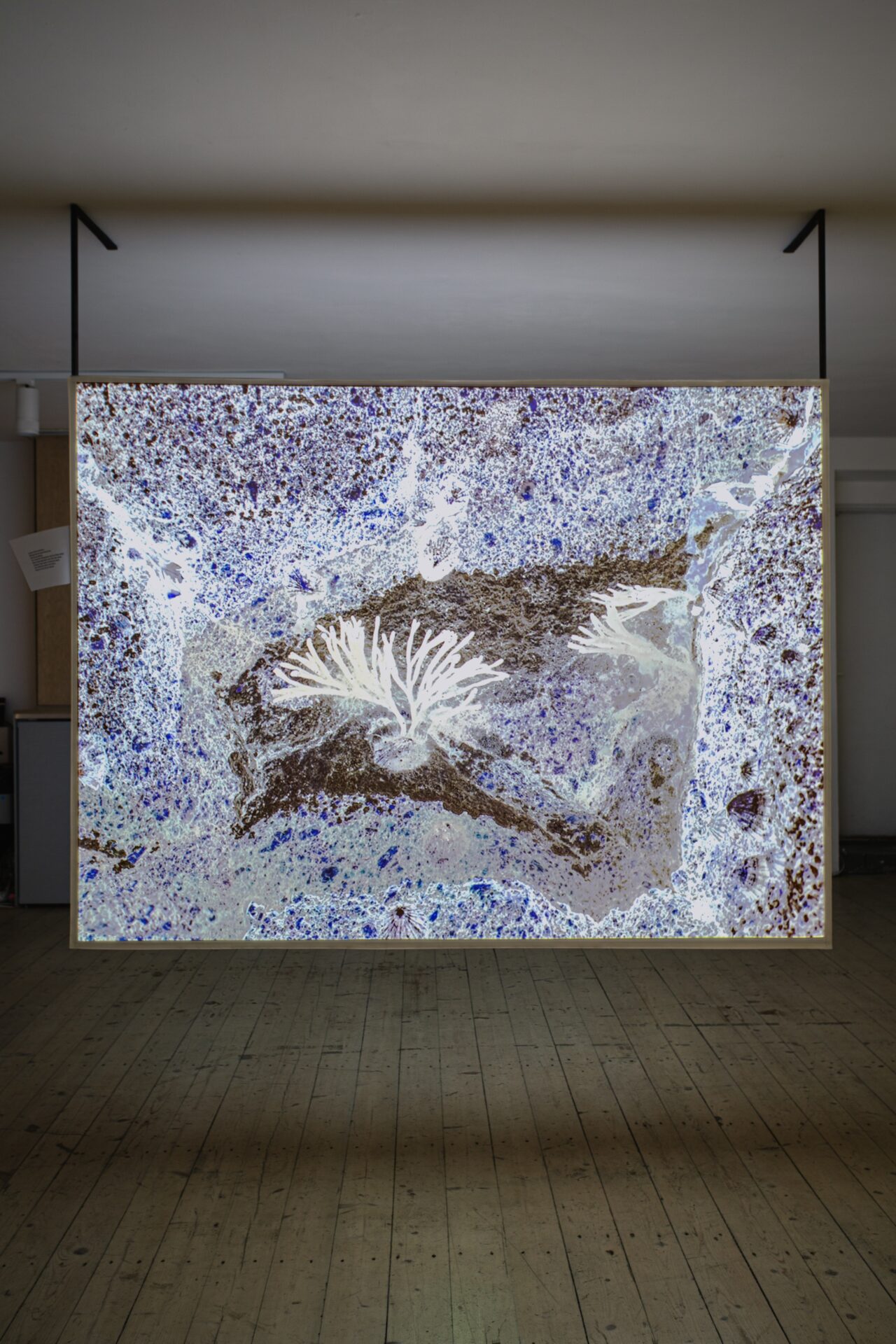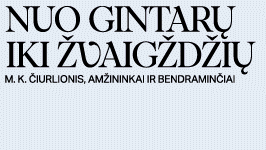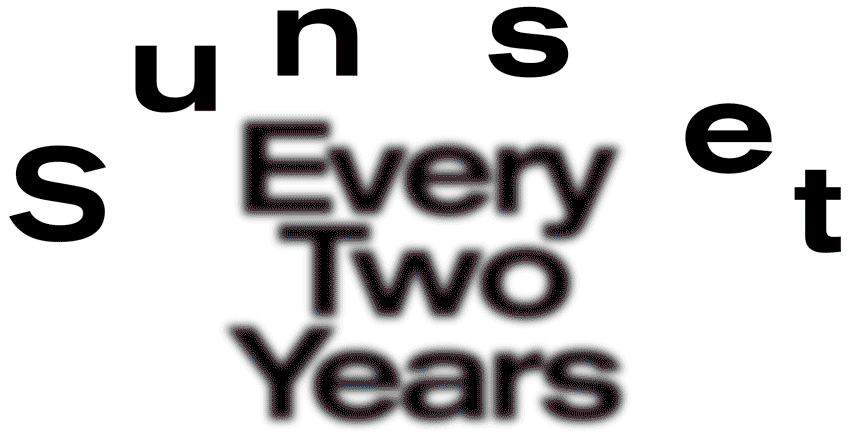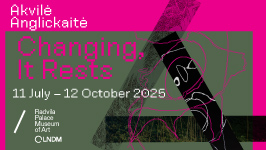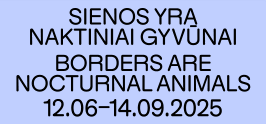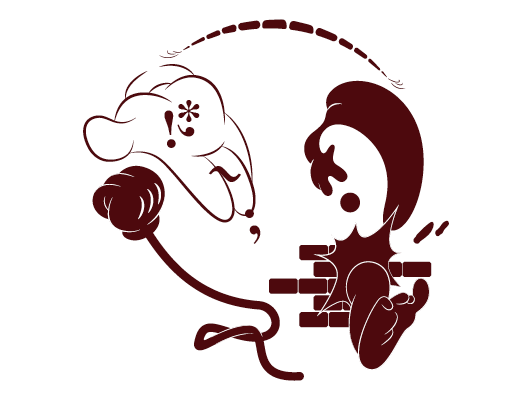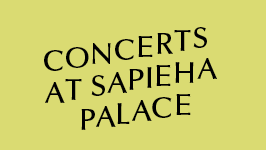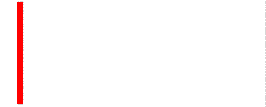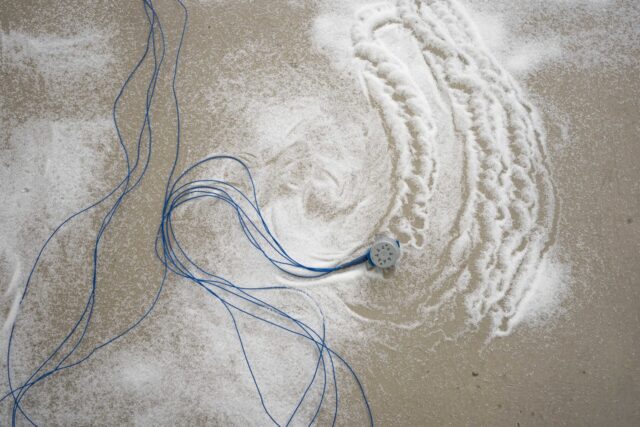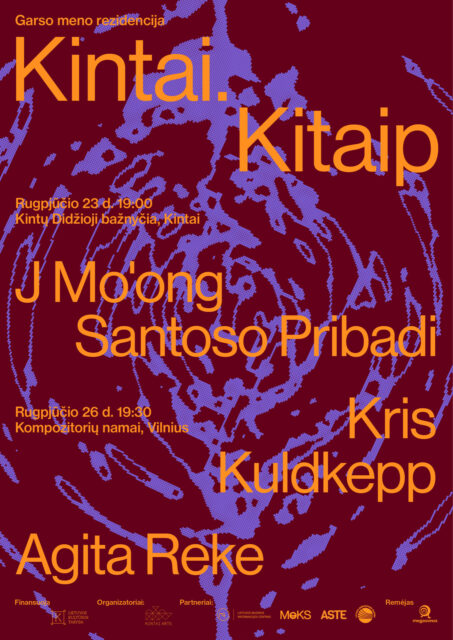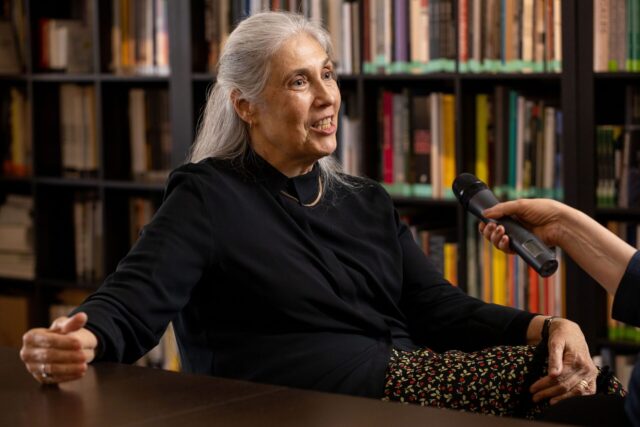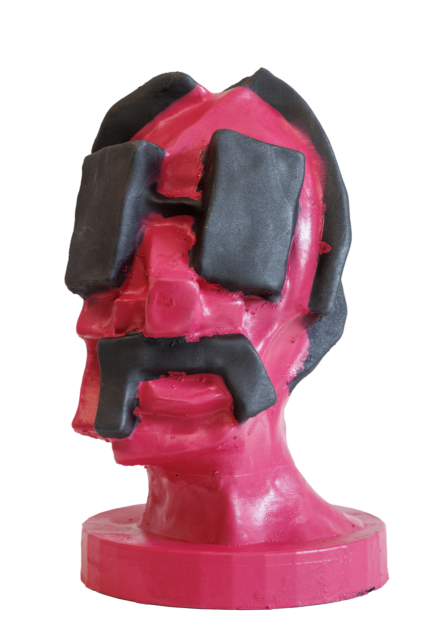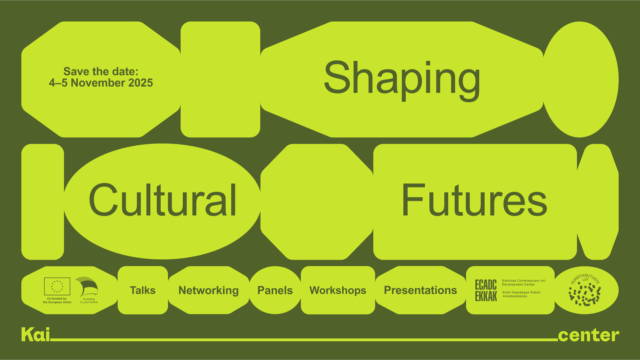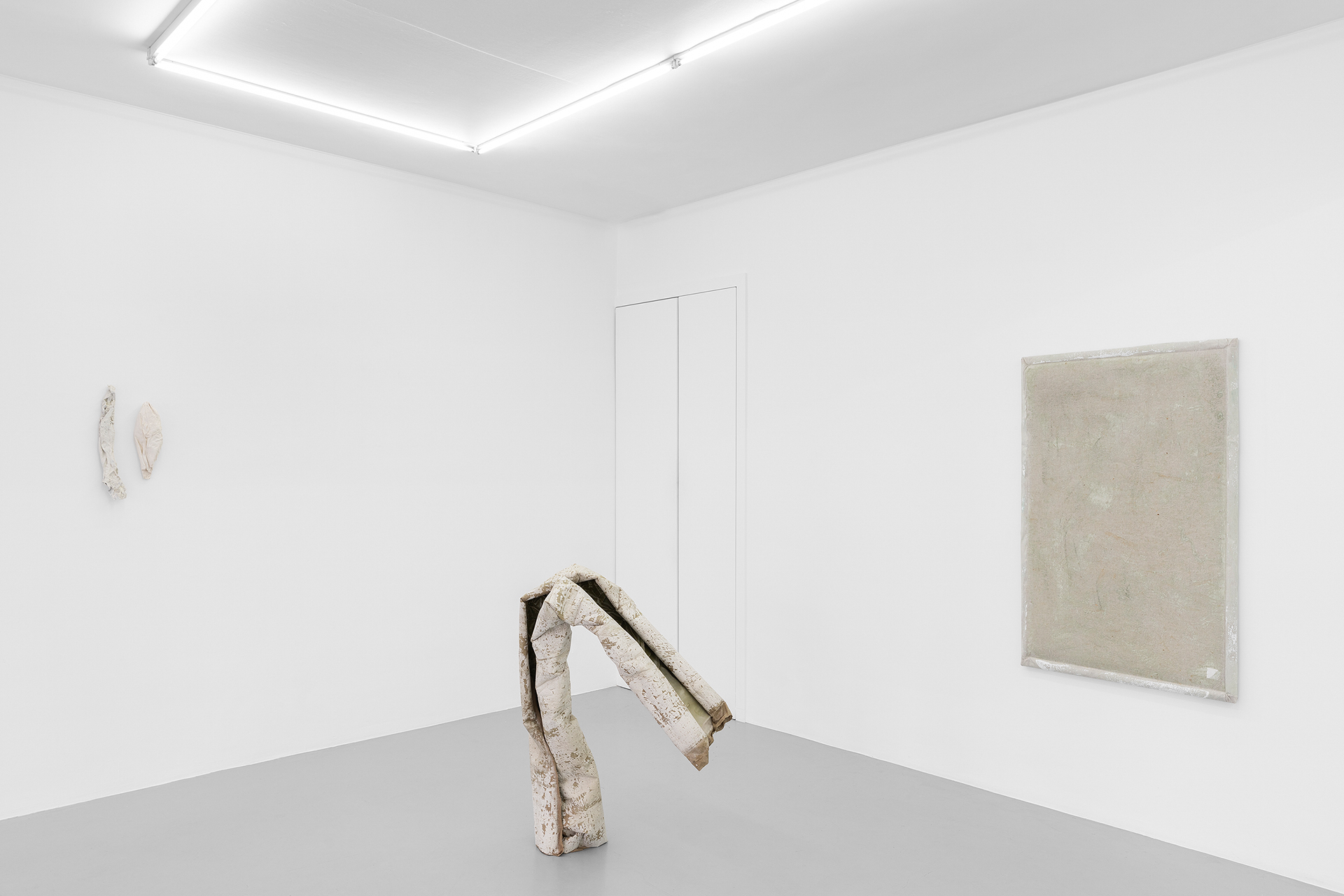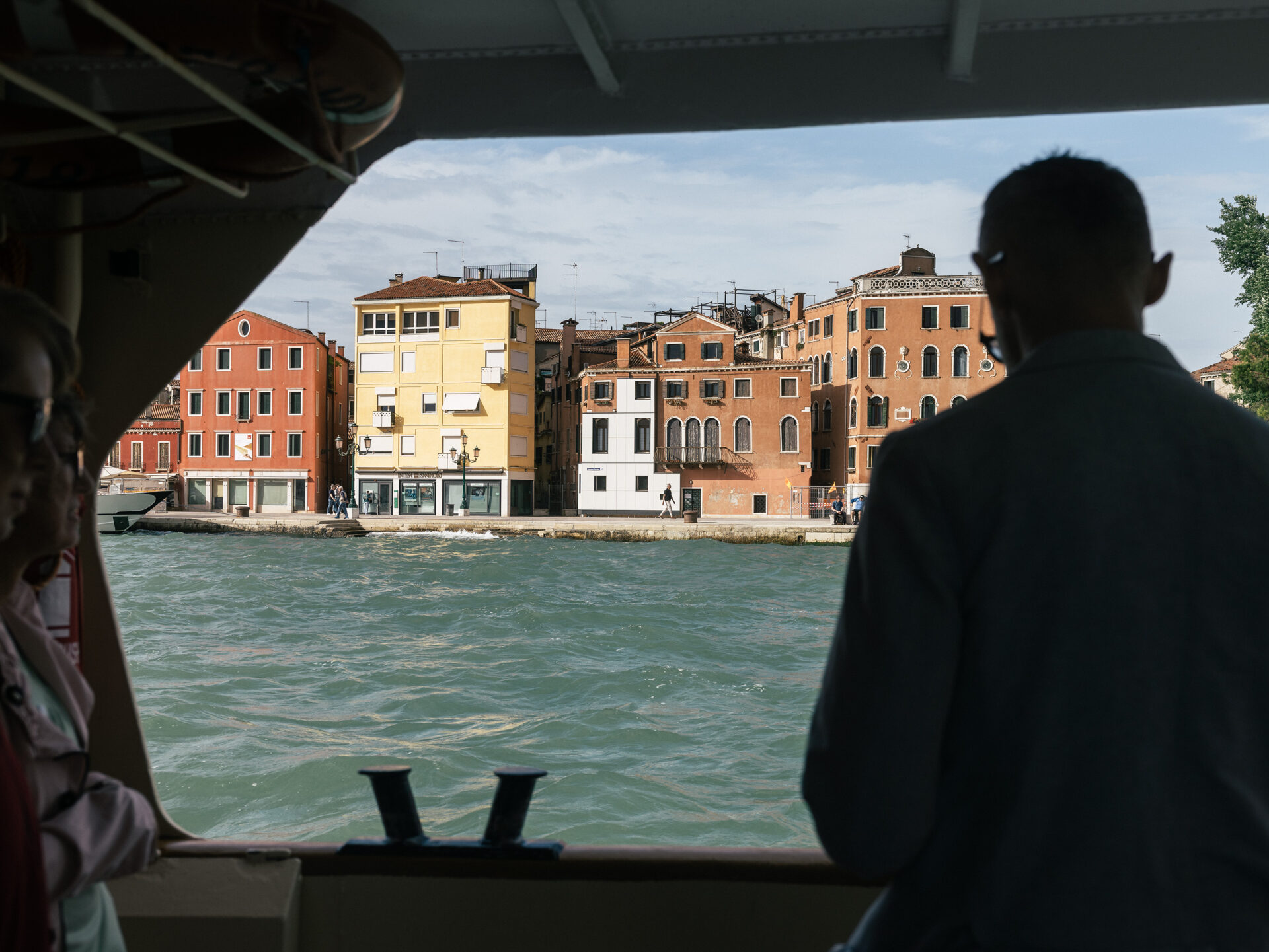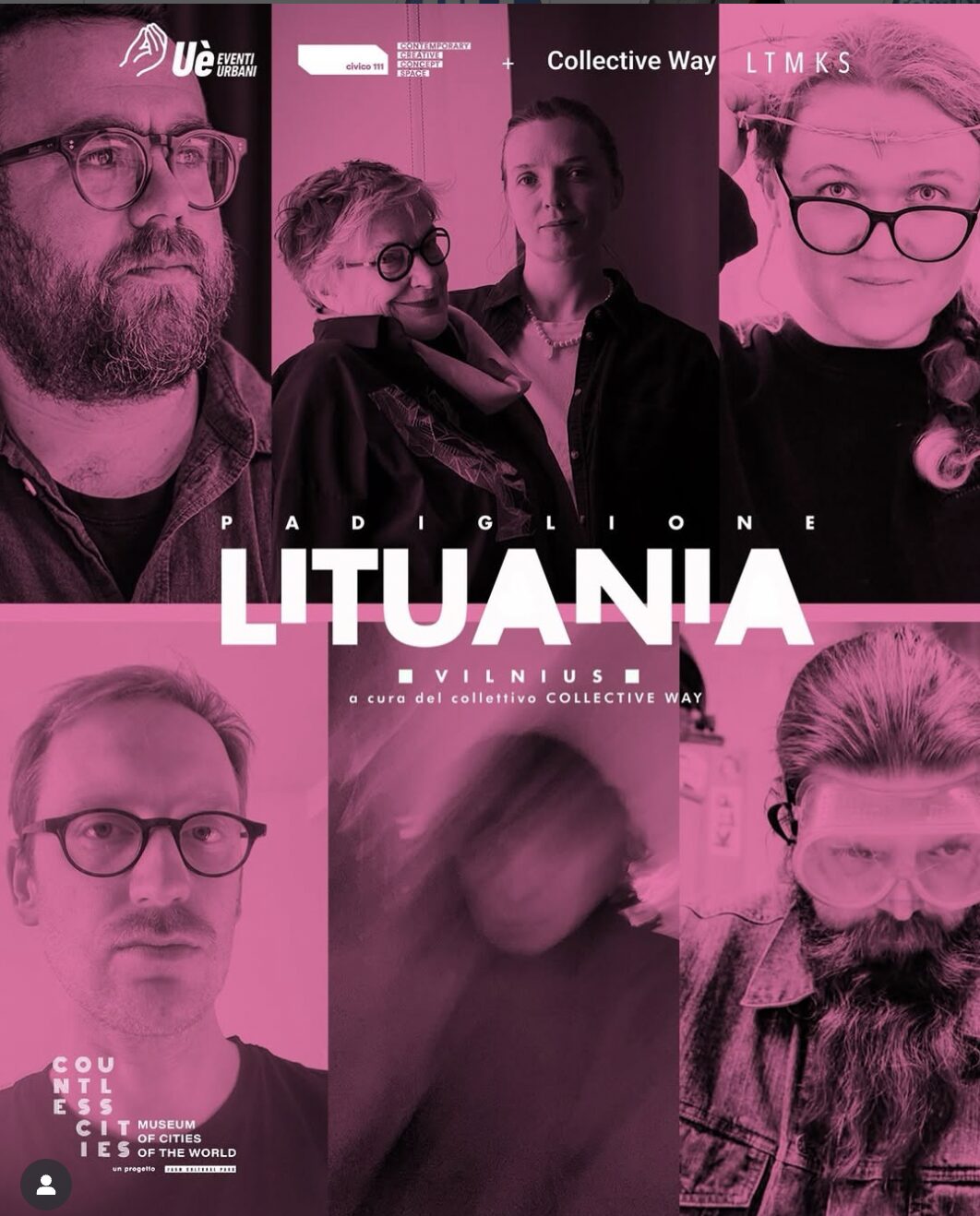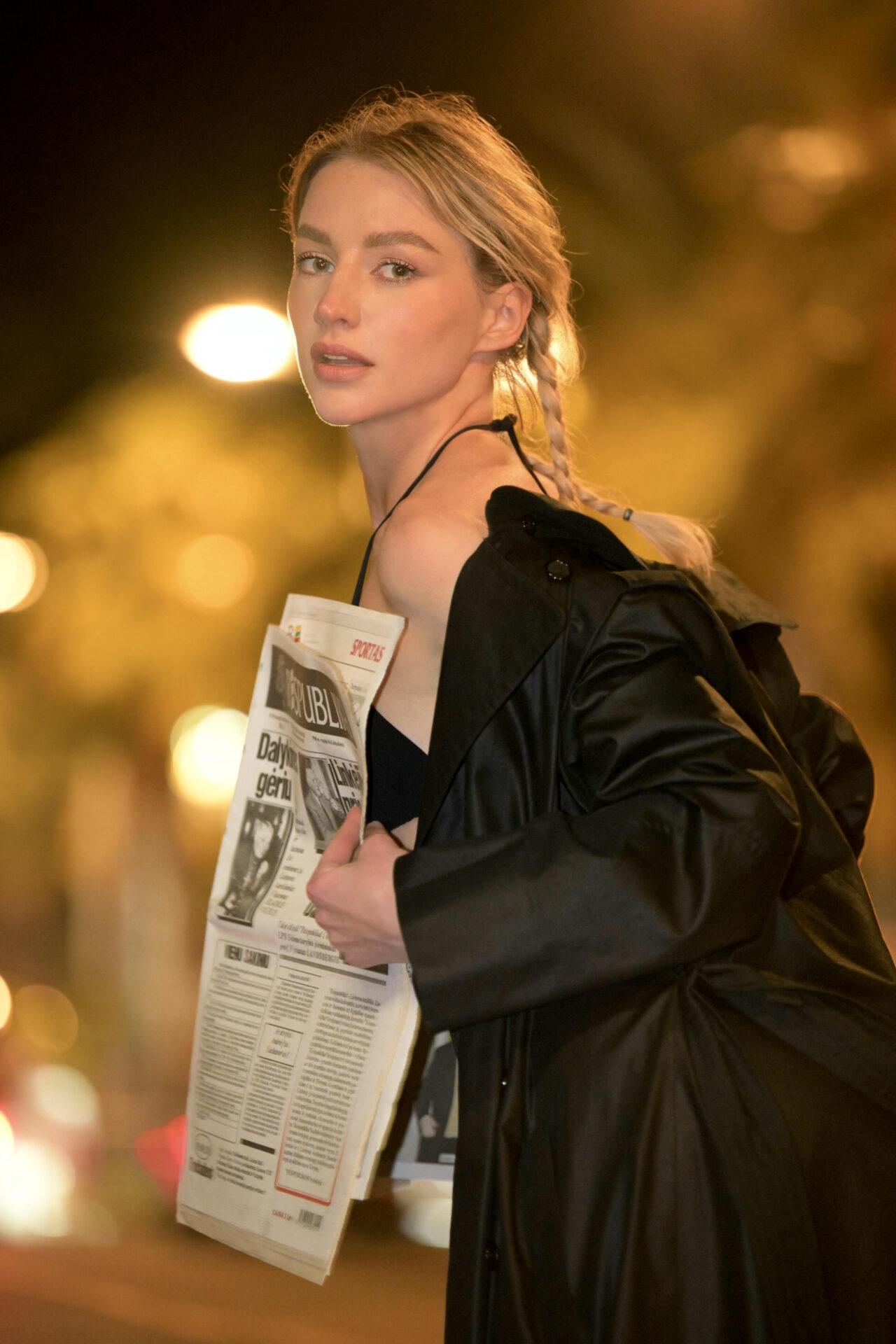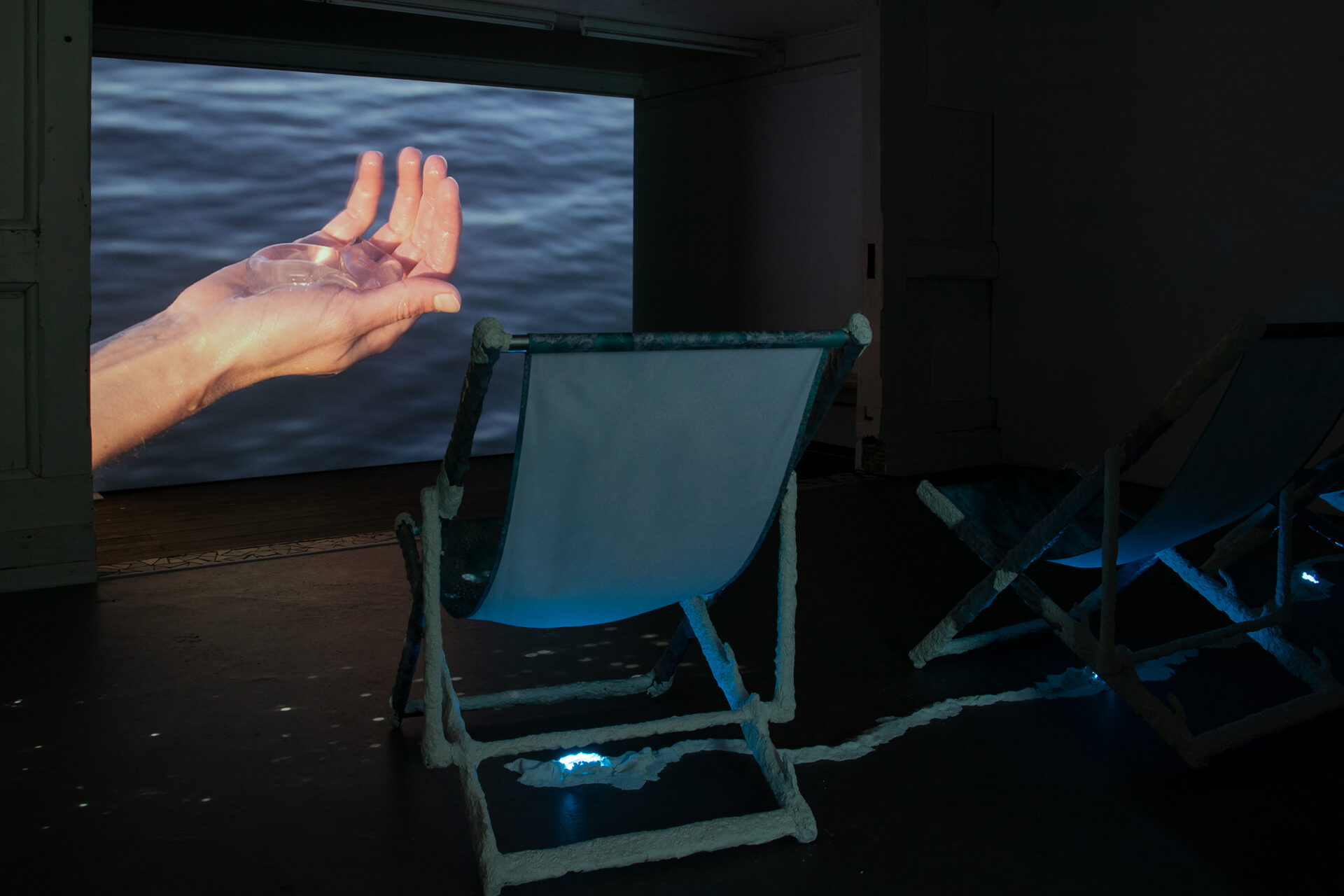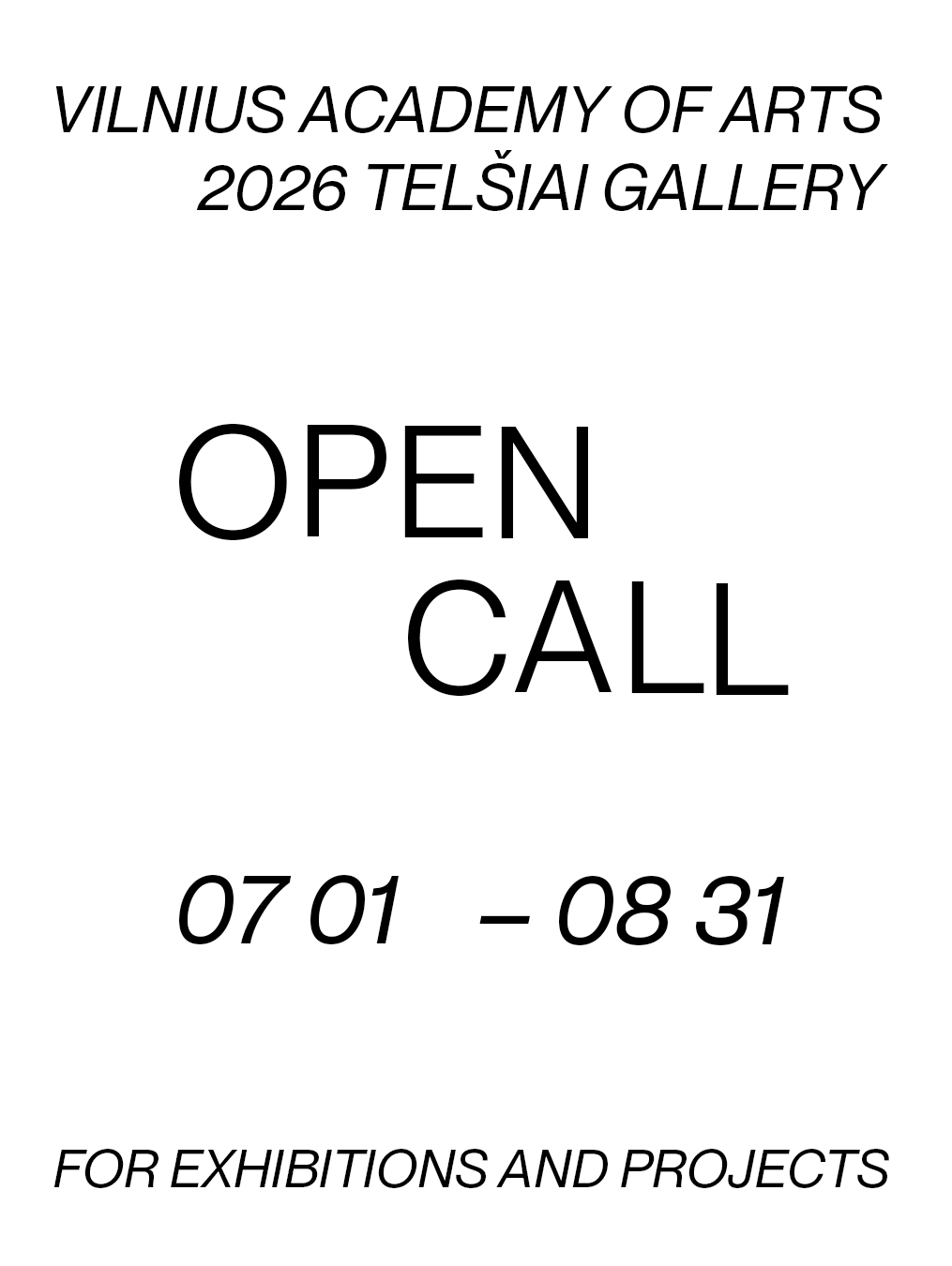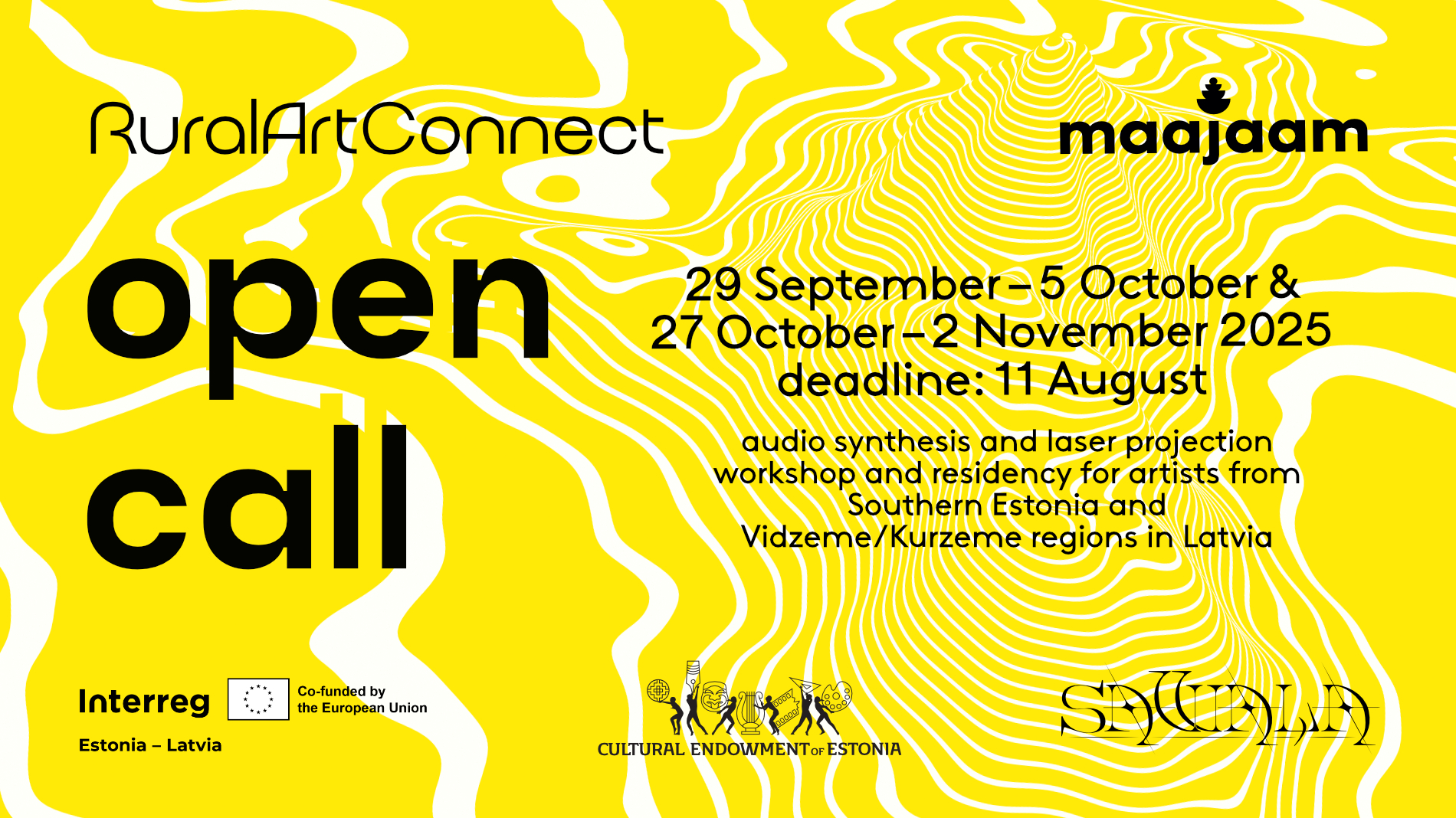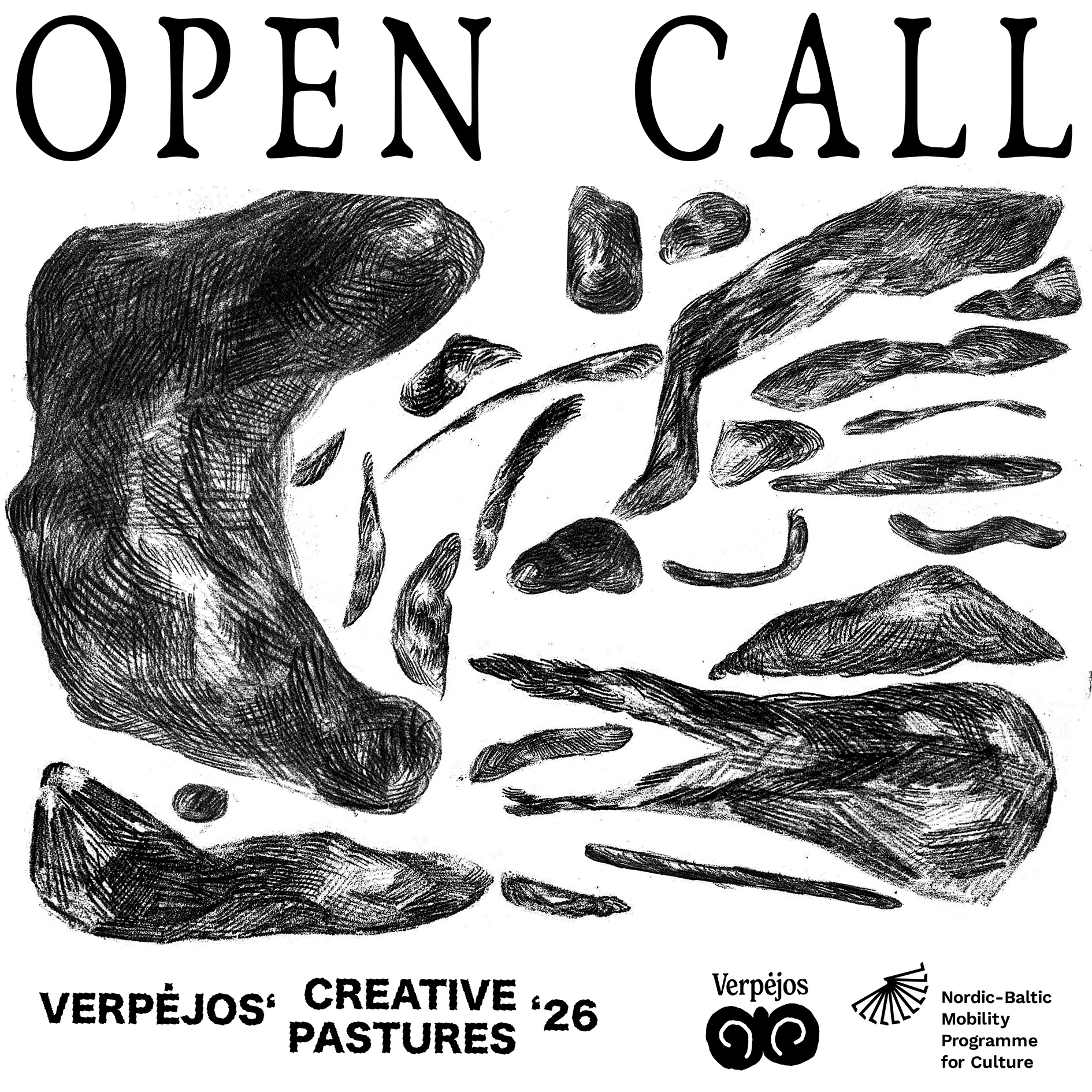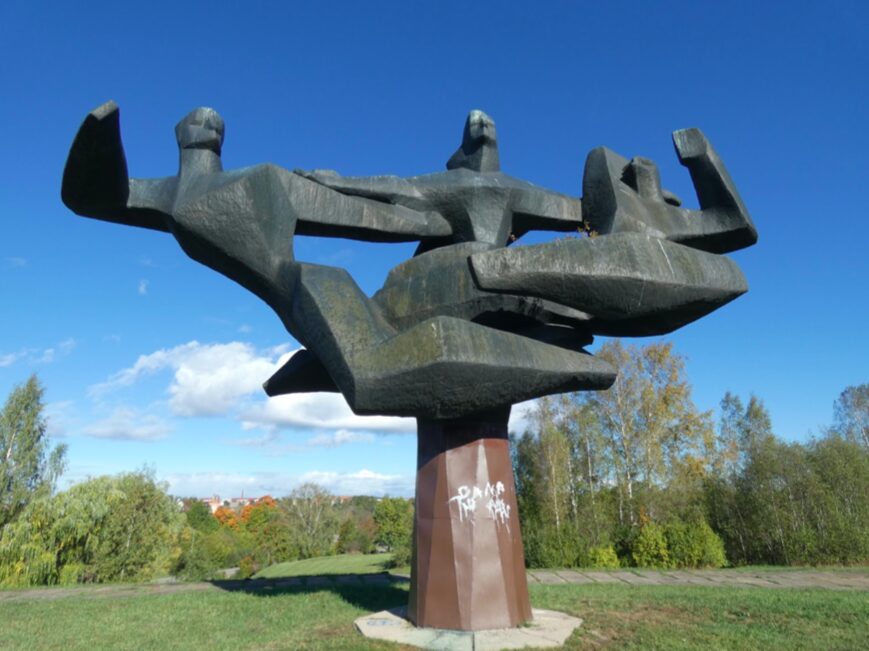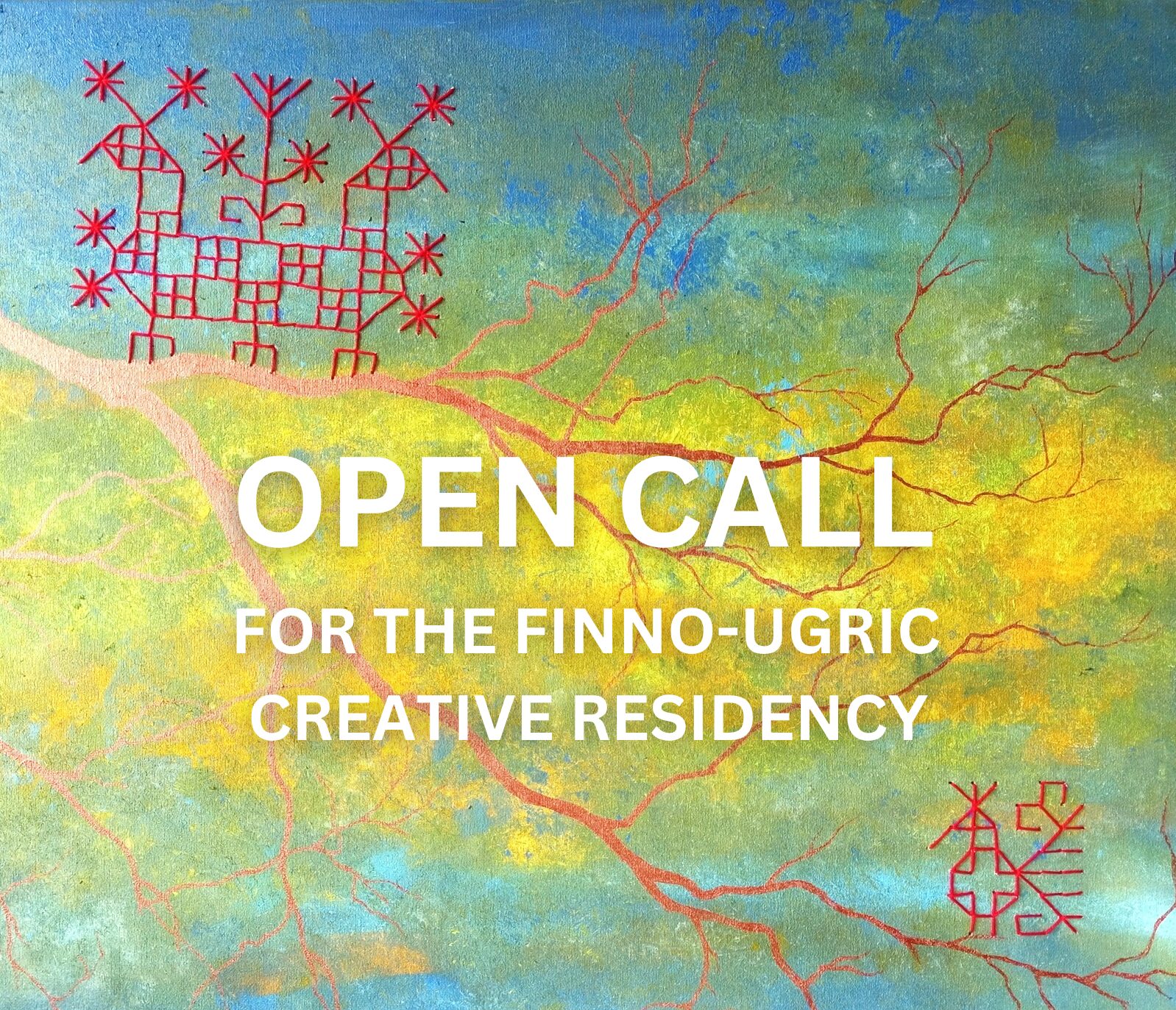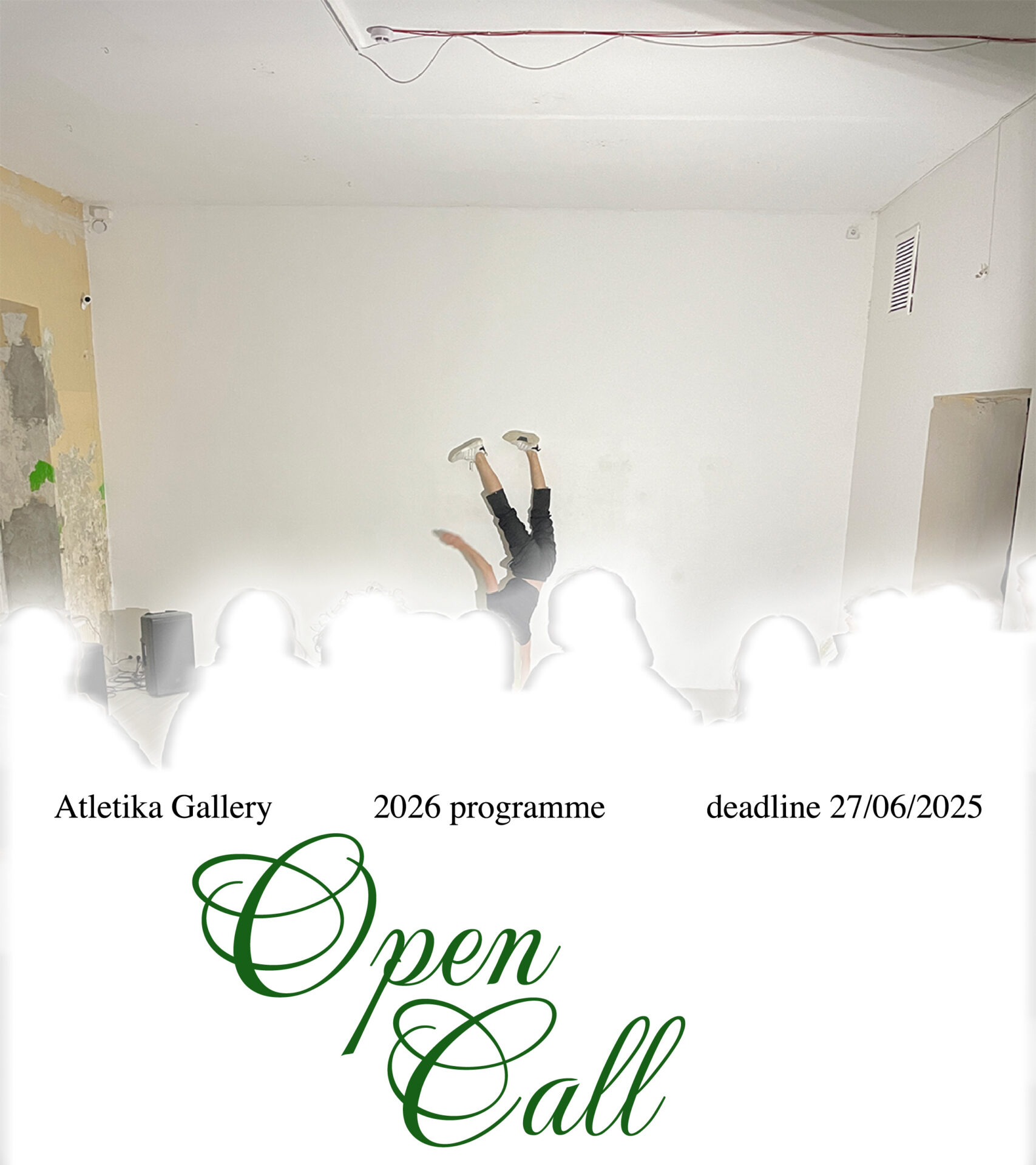Looking at a still from Ieva Kotryna Ski’s film faults and folds, a field shrouded in fog with clumps of vibrant grass, I cannot help but imagine Van Gogh. Perhaps it is because the image feels painterly, as if it was painted with broad, thick brushstrokes. It is undeniably melancholic, probably due to the fog that envelops it like a good autumn coat. And the beautiful contrast between the lush green at the bottom of the screen and the washed-out white above lends the film a slightly enigmatic tone.
There’s another artefact in the space that evokes Van Gogh: a small pastel drawing on paper of a pair of jeans. It is tiny, but symbolic. The crumpled jeans resemble Vincent’s scrunched-up boots painted nearly a century and a half ago. The folds collapse into an irregular mash of heavy fabric. For a moment, it looks like a Cubist piece, showing the object from several perspectives at once. I am a bit stunned by the use of white pastel on white paper. It gives the impression that, with its blue seams and edges, the garment emerges from nothingness, just like those tufts of grass from the dense fog. This hand-drawn work adds warmth to the otherwise cool Editorial space, where works in various media meet. It is slightly cosier than the fog-drenched grass, and perhaps a bit comical in its clumsiness. Still, both generate a resonance filled with unfeigned sensitivity that echoes in low tones as you wander through the small gallery space.
But how do these associations even arise? It is 2025, and the images on the screen have been processed using artificial intelligence, not a paintbrush. Am I trying to suggest that Ieva Kotryna Ski’s exhibition has something classical, or even old-fashioned, about it? Of course not: this is simply how my art historian brain works. Images speak in many languages that we do not always consciously understand, but still somehow do. And how fascinating it is to listen to them while exploring the artefacts that Ieva Kotryna has assembled.
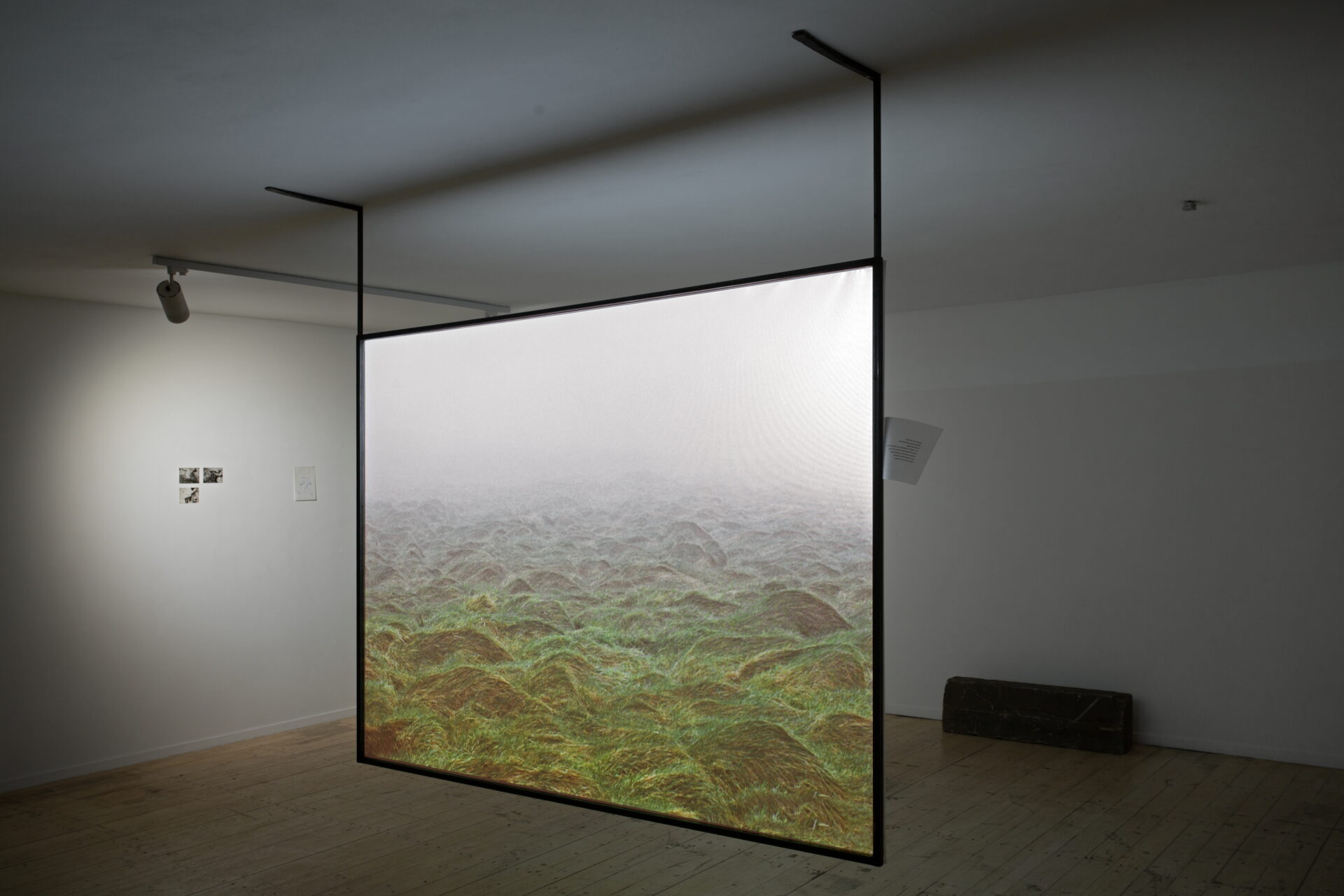
Ieva Kotryna Ski, stonewashing, 2025. Exhibition view at Editorial, Vilnius
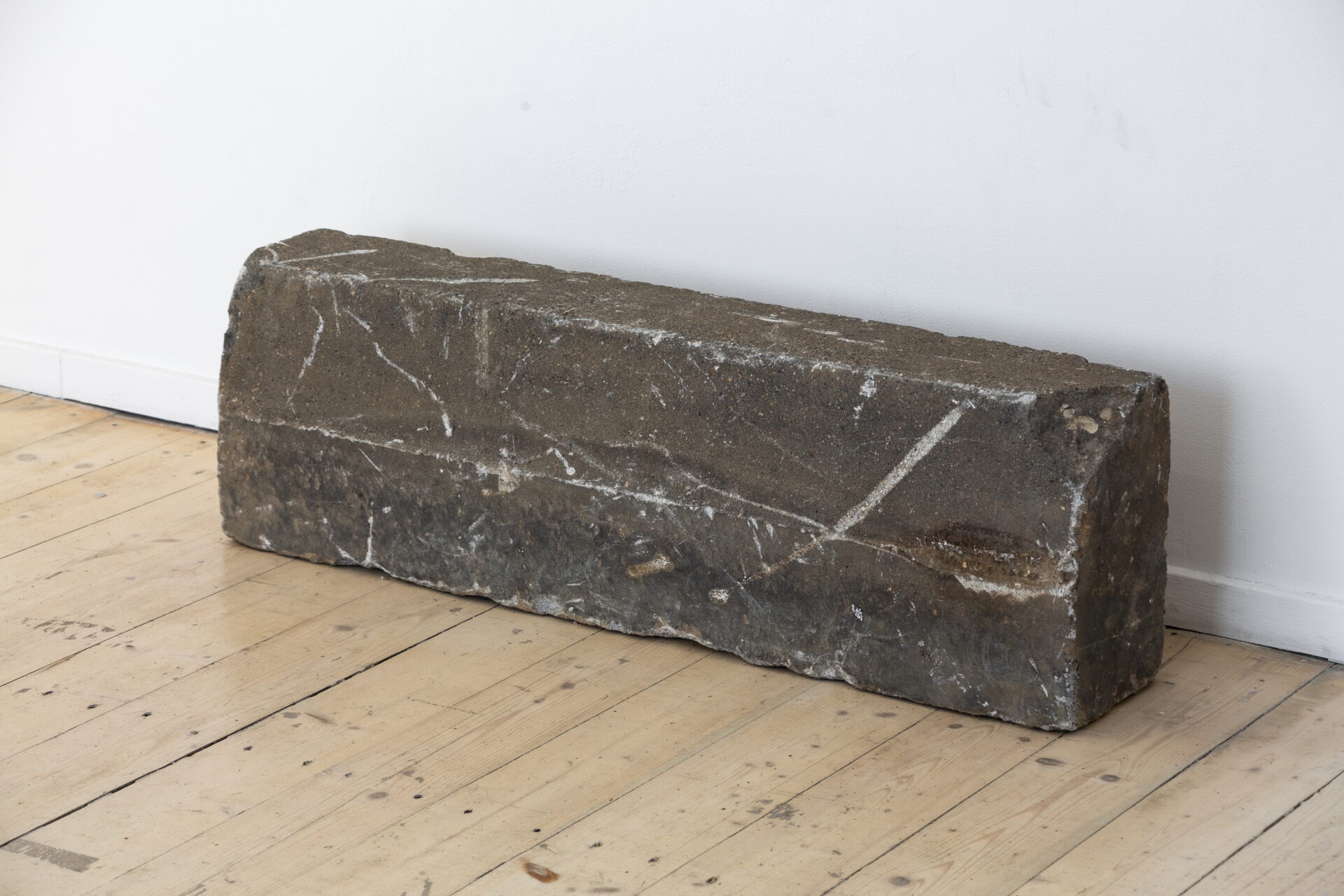
Ieva Kotryna Ski, stonewashing, 2025. Exhibition view at Editorial, Vilnius
Among them is another piece, a concrete ‘bench’. It is a segment of curb commonly found in city streets. It seems to be trying to pass itself off as pure stone, perhaps the result of the geological synthesis happening on-screen. When you place a denim-covered seat on it, it is firm and cool. I imagine this block being used to abrasively wear down the jeans hanging on the wall, giving them the artificial weathered effect.
Alongside Van Gogh, another figure appears in the exhibition: the geologist Vytautas Narbutas. Three of his microscopic photographs of mica are displayed on the wall next to the drawing of the jeans. Vytautas Narbutas is Ieva Kotryna Ski’s grandfather. His inclusion lends the exhibition a more personal touch. This is not the first time the artist has drawn inspiration from her family. For example, this summer at the Pamarys Gallery, the film Preila Project, created by her and her cousin Ignė Narbutaitė, is being exhibited. The film focuses on Preila, where the Narbutas family has been spending their summers for many years.
The photographs are small and abstract, showing the internal structure of mica. An innocent-sounding stone, mica is the culprit in the ‘mica scandal’ mentioned in the exhibition’s notes: due to excessive mica in construction mixtures, new houses in Ireland have begun to crumble. Fragments of the stone can be found scattered across southern Lithuania, glittering in the sun like gemstones. As a child, I too used to play with those sparkling stones.
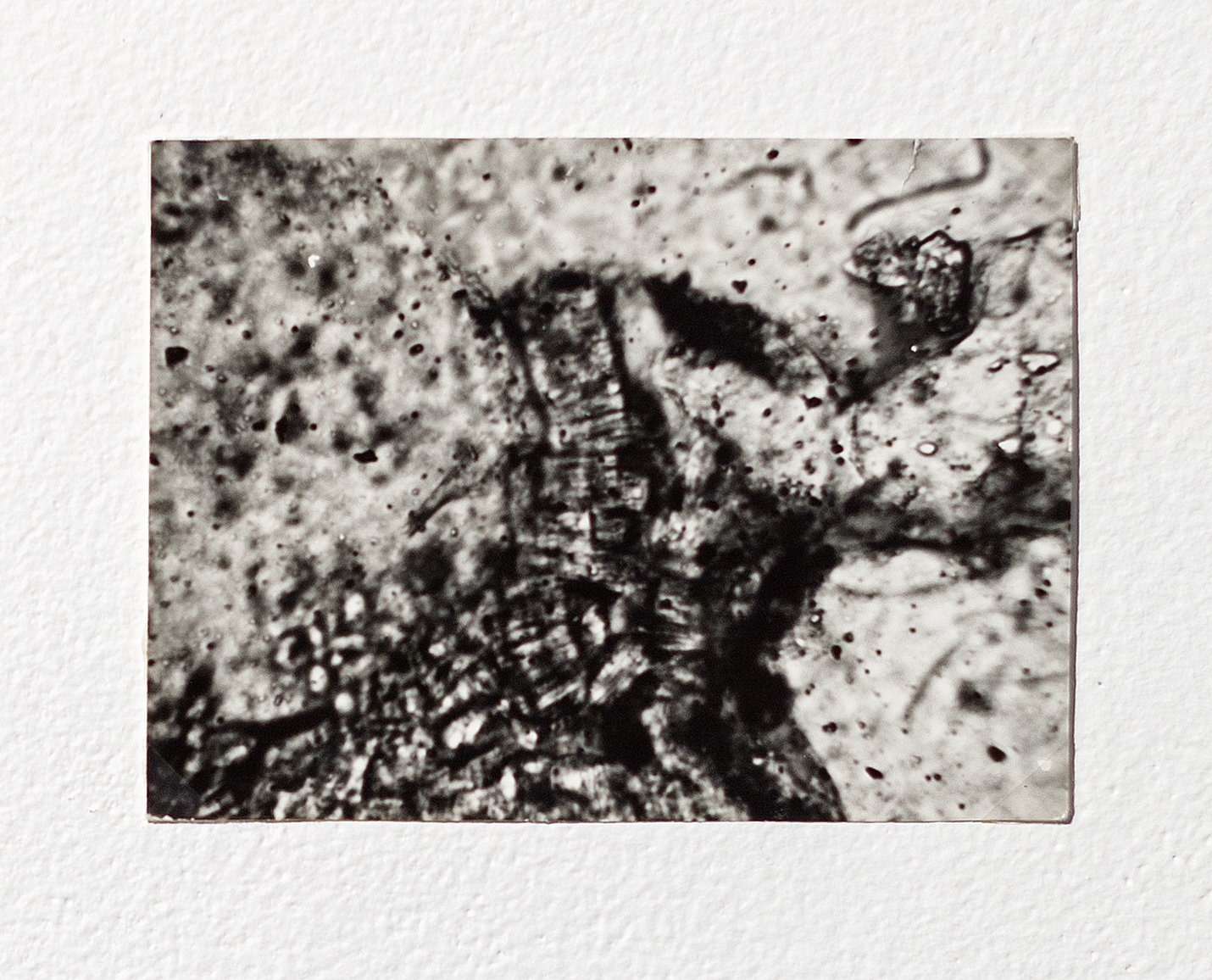
3 microscopic photographs of mica from the archive of geologist Vytautas Narbutas, 12×9 cm, 12×9 cm, 11,5×9 cm
There is another photograph on a different wall entitled echafaudage (scaffolding), Paris 05.02.2023. It appears to depict the interior of a shop. In the centre of the image glows a refrigerator filled with chilled drinks. Its lights shine brightly, casting artificial light and tinting objects in cold hues. The photograph shows a clutter of goods, like in one of those tiny shops where you can buy both everything and nothing at the same time. The photograph was taken in February, during the winter, in Paris, where Ieva Kotryna lives and works. It is curious why she chose this image, which caught her attention two years ago, and how it found its place in the exhibition’s narrative. It seems to contrast with the imagery on the video screen: the forces and creations of nature versus a human world crammed with objects.
In the video work, the rocks are constantly transforming. They merge, unfold and dissolve into the environment. These effects are generated by the use of AI and digital photograph processing. You could say the piece is a collaboration between Ieva Kotryna and artificial intelligence, a joint artwork. I put it that way, because, despite AI’s often formulaic logic, it is hard to predict what visual forms it will produce. Maybe this unpredictability injects energy into the video work: after all, nature, which shapes the Earth’s geological structure, is just as unpredictable.
In the background, ‘A Love Song’ by Pauline Oliveros softens the ever-mutating stone shards on screen. The music carries the images like a river: they intertwine, then overwhelm one another. This dance is endless, all-encompassing, until suddenly we return to something stable, a green field sunk in fog.
It is wonderful to witness how the exhibition ‘stonewashing’ unites the microscopic and the monumental: planet-forming volcanic lava and the electric lights of a Parisian shop, a massive dolerite rock and the tiny striations of mica. What would Van Gogh and Vytautas Narbutas think of all this? I believe they would enjoy seeing how Ieva Kotryna Ski’s mind works, and how it has conjured up this small but multilayered exhibition. Truly, ‘words can lead to unexpected places.’
P.S. ‘stonewashing’ has already closed, but for those on the Curonian Spit, I recommend visiting the exhibition ‘Preila Project’ by Ieva Kotryna Ski and Ignė Narbutaitė, on view at the Pamarys Gallery in Juodkrantė until the end of summer.
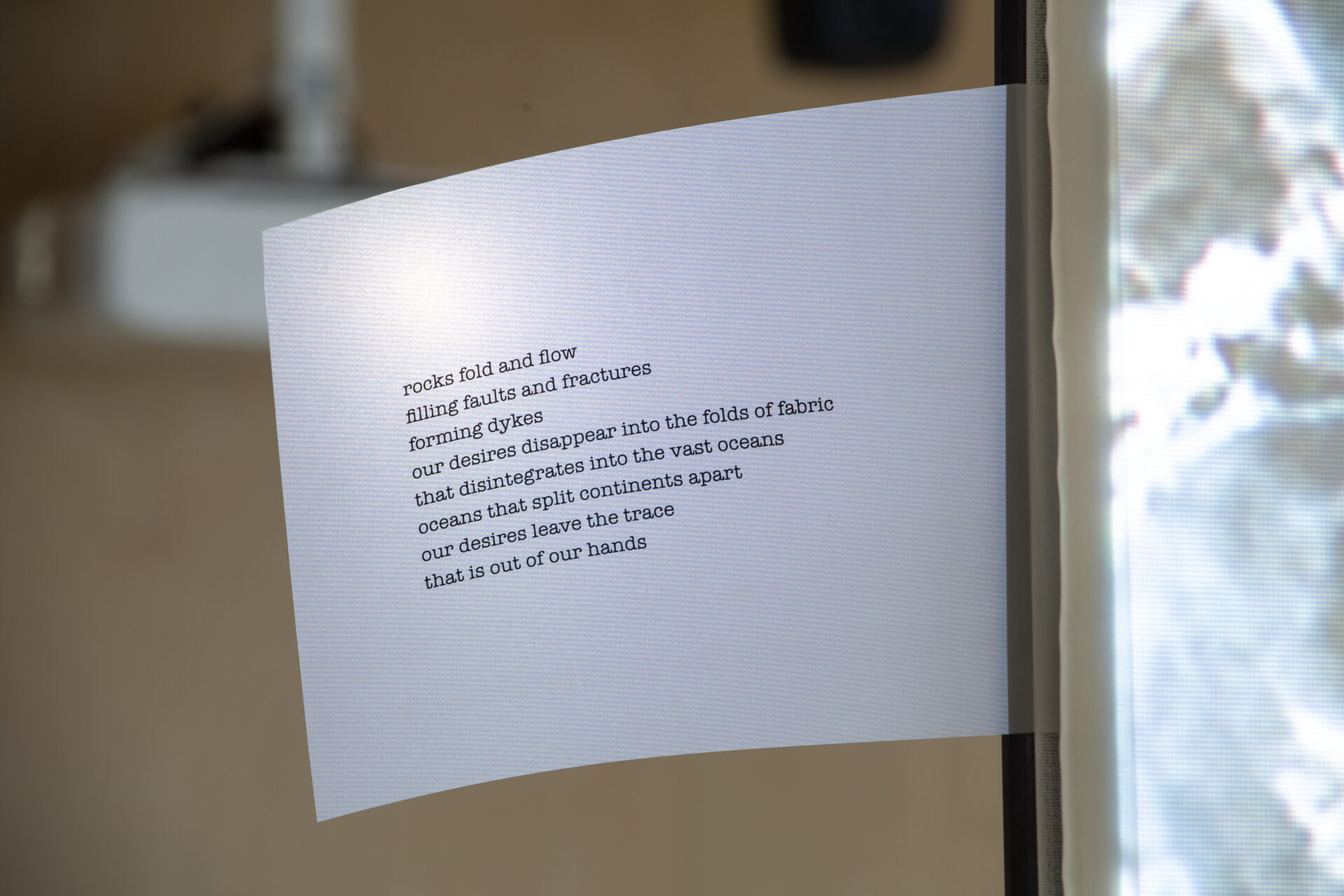
Ieva Kotryna Ski, Untitled, 2025. Text on paper

Ieva Kotryna Ski, echafaudage, Paris 05.02.2023, 2024. Digital print on plastic, 28×21 cm
